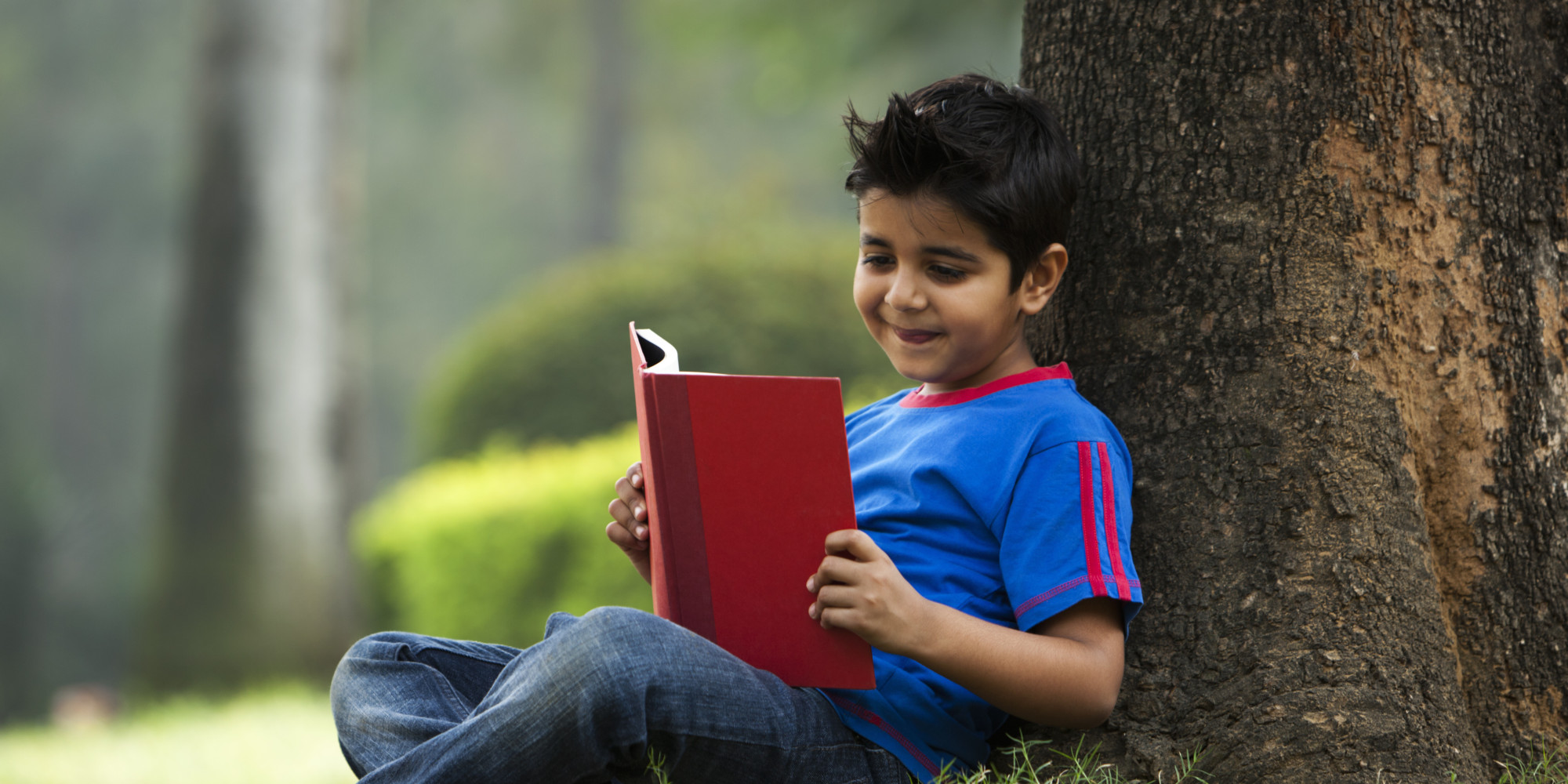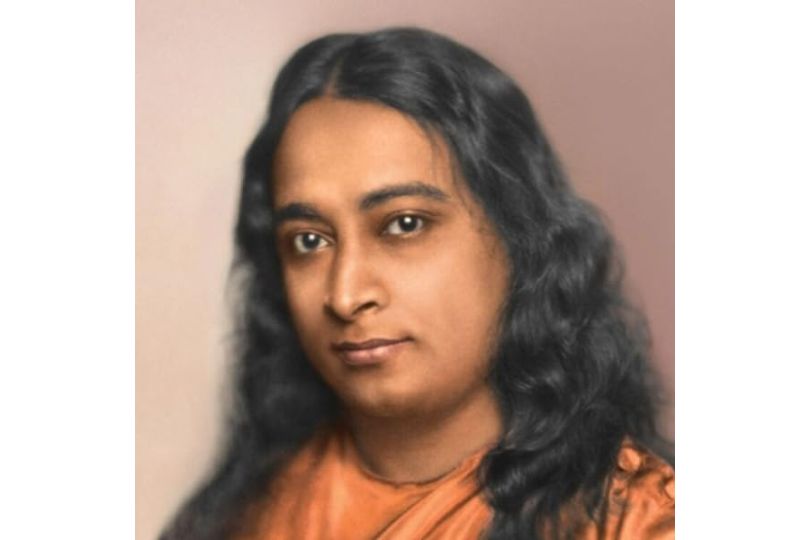Children’s literature in India undergoes revolution as publishers experiment with regional languages, genres.
Children’s literature in India undergoes revolution as publishers experiment with regional languages, genres.on Aug 08, 2019

Growing up, books and stories were an integral part of my life. There were stories at bed time and we always had books to read. When I think back, I have faint memories of stories being told to me in my mother tongue, Konkani, by my grandparents. But a story book for children in Konkani was not around. Children's literature is a growing genre, but, in a country with so many languages, where do books in Indian languages stand today?
Children's literature has had a long presence in India, explains Vinutha Mallya, editor and publishing industry observer, on the broad history of children's books in Indian languages. Elaborating, she says that the idea of publishing in Indian languages started decades ago with the efforts of the National Book Trust (NBT) and Children's Book Trust (CBT). “Here were excellent books, done by the finest writers and illustrators of the country, in the 70s and 80s. When liberalisation happened, there was a shift. The idea that children should read for pleasure was not recognised till more money power made it easier for parents to invest in books. The industry began changing, however, the NBT did not focus on retail in the mass market. With a demand that never seems to be completely filled, it made sense for publishers to invest in children's books. That’s when private publishers entered the fray.”
Evolving to embrace all audiences
The work in this genre, by writer-editor Geeta Dharmarajan’s non-profit organisation Katha, based in Delhi, is well known. Similarly, there are several private publishers of children’s books in Indian languages today. What’s wonderful to see is that these stories are constantly revived, and contemporary writers continue joining this diverse tapestry of storytelling. Children’s literature in Indian languages has always been rich, teeming with humour, verse, and tales that make one laugh, think, and question.

The Gujarati story of Bakor Patel, a goat who lived in Bombay, Sukumar Ray’s Abol Tabol, Dashur Kirti and Hyangla in Bengali are only a few among hundreds. There’s Madhuri Purandare’s evocative stories in Marathi which perfectly capture childhood, like little Anu who loves her Daddy’s Mo; Lovleen Mishra who writes the most delightful and wicked poetry — from the gorgeous Chhutti to Khazaana-e-Naak, to the more recent nonsense verse, Gappu Gola, written by Jitendra Bhatia, the world of children's literature in Indian tongues is brimming with the fascinating. The mother tongue is the first language a child hears and learns, and it’s natural for them to take to its literature.
In an age of Percy Jackson, Harry Potter and the Marvel and DC universes, it is natural for many of us to ask if there is a demand for literature in Indian languages among children. “We forget that the majority of children don’t have a choice, and learn in their regional language, and this may not necessarily be their first language,” says Radhika Menon, managing editor, Tulika Books. “Children are drawn to books in the language they learn at school. The biggest demand comes from NGOs working with government schools, community libraries, activity centres, etc. The state governments too, procure a large number of books in Indian languages. The demand is definitely there – much more than for books in English. The urban middle class market and the NRI market is very small, but is there,” she adds.
“65-70% of published children’s books, excluding textbooks, are in either English or Hindi. All other regional languages account for the remaining 30-35%,” explains Sandhya Taksale, senior editor at Pratham Books. “In such a situation, books in dialects or indigenous languages are even scarcer. It’s easy to create and distribute books digitally for many smaller languages where printing becomes unviable because of the small quantities,” she says. For the first time ever, Pratham’s StoryWeaver platform has enabled the online publication of books in languages like Surjapuri (spoken in parts of Bihar), and Pawari (spoken in some districts of Maharashtra and Madhya Pradesh), as well as the Adivasi language Gondi, which has 27 lakh speakers.

When you get books in your language, it creates a sense of self-worth. Also, there is no hegemony of one language, says Rinchin, children’s author in Hindi and English, based in Chhattisgarh. “When you are talking about marginalised groups or those that don’t have access to the internet or publishing houses, there is a need to simplify language and ensure that there is no brahminical control – of pure language and the one that is spoken. It important for stories to come out from a range of writers – Advisasis, Dalits, and of different people, which may not necessarily fall into a specific literary language. Languages and content of stories have to accommodate the context of marginalised societies and this is important,” she emphasises.
Giving the genre a push
Children love all kinds of stories — folk, myth, silly, old, new, all they need is motivation to read and more work has to be done to promote reading, believes Jeeva Raghunath, Tamil author based in Chennai. “Introducing an element of fun makes children read, and once they are hooked, they will continue. Children also need to see parents reading. With parents and grandparents being busy, the question of who will read to children also arises”, she adds.
Perhaps a cue can be taken from Ananya Mandal, associate professor of Pharmacology at NRS Medical College, Kolkata. A voracious reader herself, she introduced her now 10-year-old daughter, Tip, to Bengali books at a young age by reading to her. “The problem is that my daughter is an advanced reader in English, reading non-picture books easily. With Bengali, which she studies as a second language, she lags behind. Getting her a book she can easily read bores her because the content is below her capabilities, but anything more age appropriate has to be read out to her. Getting hold of Bengali books for children is easy in Kolkata and we will continue reading to her and hope her current interest in listening grows to independent reading in the language,” says Mandal.

Rinchin too feels that translations will play a huge role going forward in sustaining interest. “If stories are of a certain context, and reflect the different lives of children, then a translation becomes interesting and reaches out to a wider audience”. With Tulika being a multilingual publisher and translating books, mainly from English into eight other Indian languages, Menon corroborates. “These have contemporary themes and retellings and are very popular, going by the feedback we get. The same books popular in English, among privileged, English-speaking children are favourites among the less-privileged children too. So clearly, children respond to good quality books with well-told stories, she says.
A lot depends on teachers as well, asserts Nagesh Hegde, journalist and visiting faculty at Bengaluru's Indian Institute of Journalism and New Media. Hegde has written books on science and environment for young adults and teachers in Kannada. “Good teachers and well-stocked libraries alone can ignite the young minds, irrespective of whether the child is from urban middle class or rural society. Literary academies should focus on the next generations of readers and writers. It is possible if only they encourage consumers and creators of children’s literature. NRI parents are going online to find digital story books and videos. Publishers in India have to gear up for this,” he advises.
According to Kavita Gupta Sabharwal, co-founder at Neev Literature Festival, and managing trustee at Neev Academy, Children's literature in India is experiencing a revolution. “The moral didacticism seen earlier was in response to what education policy in India was demanding. That has changed. Children’s writers are experimenting with genre, form and language. The market for children’s literature itself is small, and even smaller in regional languages, and therefore the body of high quality work, while emerging, is still small. But, I believe the question is no longer ‘if’, but ‘when’ regional literature will form a bigger component of our reading lives in schools and homes,” she says optimistically, resonating the hopes and thoughts of millions in India, who wait for their favourite tales to come alive in words most familiar to them.



.jpg)






.jpg)

.jpg)
.jpg)

.jpg)
.jpg)
.jpg)


Sorry! No comment found for this post.